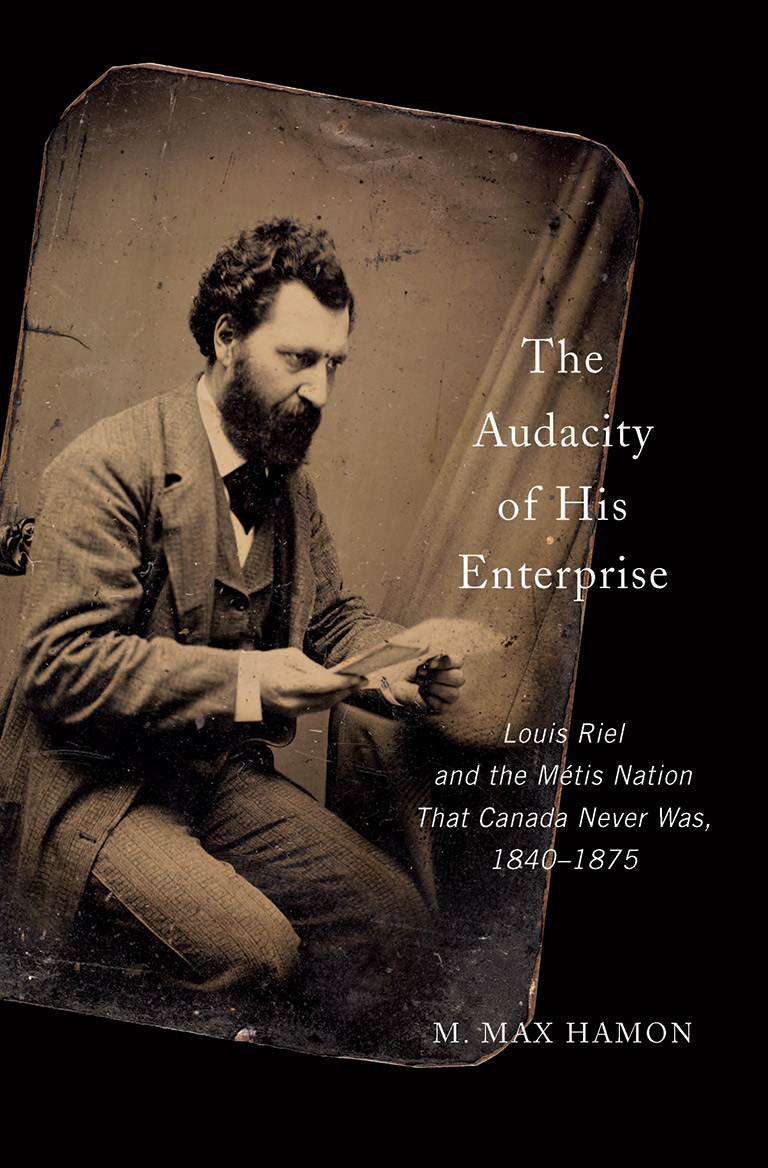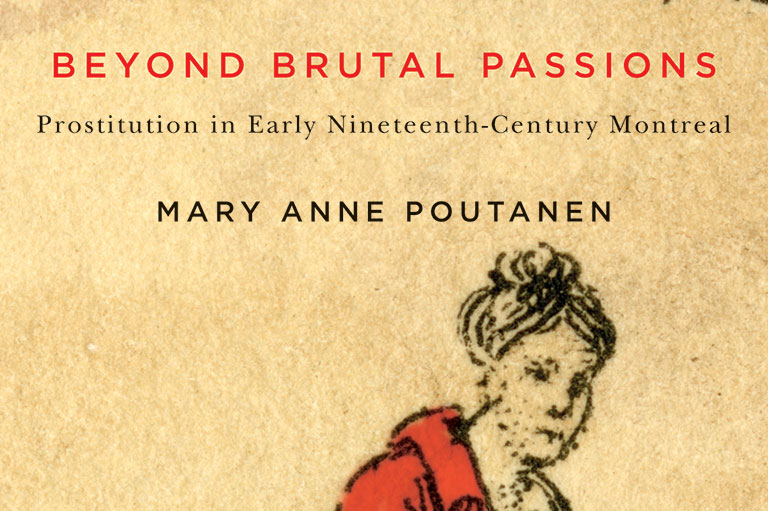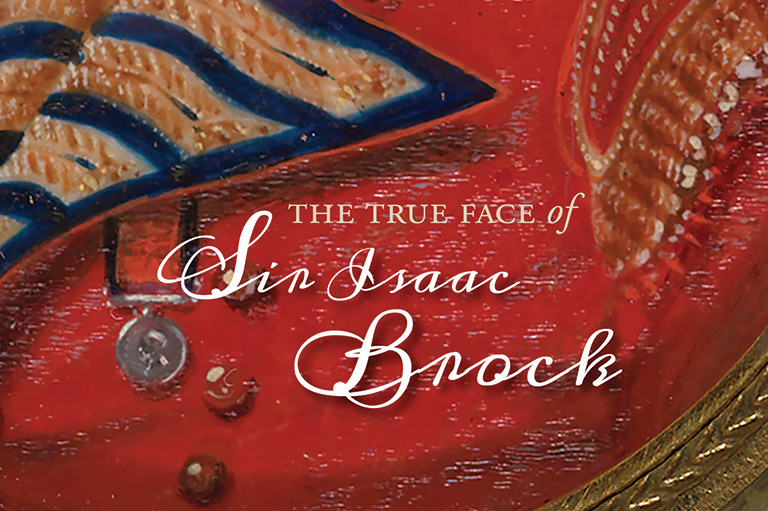The Audacity of His Enterprise

The Audacity of His Enterprise: Louis Riel and the Métis Nation That Canada Never Was, 1840–1875
by Max Hamon
McGill-Queen’s University Press,
432 pages, $39.95
This is the most insightful biography of Louis Riel to date. Finally we have a biography that actually seeks to explore parts of Riel’s life in a way that is inquisitive and that provokes reflection. Compared to some earlier efforts, it’s a welcome relief.
The story Hamon weaves is thematic — family, education, political culture, and networking — not chronological. In the first part of the book, Hamon delves deeply into the first of his four themes. In his examination of family, Hamon looks at the layered concept of wahkohtowin, which means the act of being related but also includes the relationships with other living beings and the obligations to uphold those relationships. Hamon’s exploration of the Métis Nation concept of family captures most of this, which is a first in the canon of Riel biographies.
One of the most interesting parts of the book is his exploration of Riel’s education in Montreal. This is new biographic material on Riel. As Hamon notes, this is “one of the most misunderstood periods” of Riel’s life. And it is here that I must provide my disclaimer. In the course of his research, Hamon contacted me (as the great-grandniece of Louis Riel) to ask what I knew about Riel’s schooling in Montreal. Despite his kind mention in the acknowledgments, I had nothing to offer on this time of Riel’s life. Indeed, this chapter was an eye-opener for me.
Hamon does not dismiss Riel’s education as “antiquated and isolating,” which is what other biographers have done, and he refutes the idea that Riel “failed” to become a priest. Hamon not only looks at Riel’s individual life but sets him in the context of the curriculum and his class.
Viewing Riel in context, Hamon finds no early traces of messianic traits. Instead of finding that Riel’s father’s death undermined his attention at school, Hamon shows that Riel took on extra responsibilities after his father died. We learn that Riel’s cohort was trained in the militia. Hamon also provides useful context for Riel’s departure prior to graduation, when he reveals that the majority of Riel’s cohort did not complete their final year. So his departure prior to graduation was normal, not a failure. In fact, Riel’s education trained him to be an extraordinary public speaker and a political activist, and it was in his school years in Montreal that he made the connections that would serve him well in his future years.
The other eye-opener in Hamon’s biography is his examination of Riel’s extensive networking, particularly during the critical period of 1872–74. Where other biographers have seen only erratic and aimless movement in exile, Hamon reveals that Riel was nurturing his network of contacts. There was agency in Riel’s employment of his political and social networks. This was his power base, and he used it to place the Métis facts before Canadian politicians and the public.
Riel is arguably one of the most famous men in Canadian history, but he is also poorly understood. Hamon has added an array of useful analysis and information to the Riel canon. The book is well-researched with new material, and it is well worth the read.
Themes associated with this article
Advertisement




